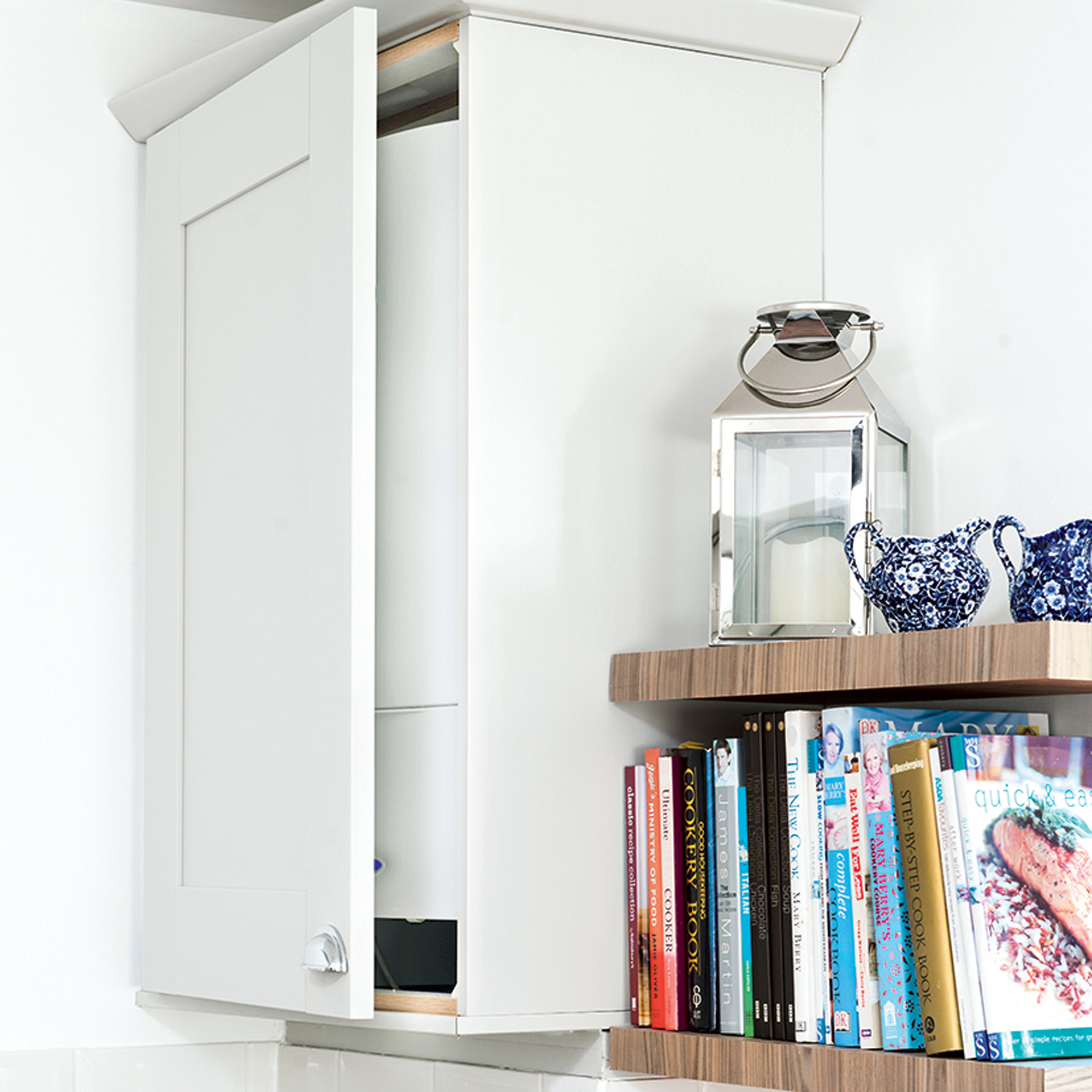Home heat loss – 5 ways you are losing energy and what to do
Find out what changes you can make to reduce home heat loss and lower your emissions and energy bills


Much of the UK’s housing stock is inefficient, leading to home heat loss, high energy bills and a big carbon footprint.
We all need to think about how to save energy at home, even with the lowering of the energy price cap. From July 2023 this will be £2,074 - for context, in Janurary of the same year it was a whopping £4,279. But utility bills are still very high, so it's important to take stock of your home to see what changes can be made to try and reduce its energy wastage.
‘Homes in the UK are amongst some of the most expensive to heat in Europe,’ says Matthew Jenkins, Heating Expert at My Job Quote. ‘This is due to poor insulation and maintenance. According to reports, millions of families in the UK live in homes with damp walls, a leaking roof, or rotting windows, all leading to significant heat loss.’
Home heat loss – 5 ways you are losing energy and what to do
Read on to find out what the main five main culprits for home heat loss are. Plus what action you can take to prevent and/or reduce the problem.
1. Heating systems

According to the Energy Saving Trust, over half of the fuel bills in a typical UK household are spent on heating and hot water. A boiler service is essential to ensure it is running smoothly and efficiently and, in return, help reduce your fuel bills and lower your carbon footprint.
‘This is crucial more than ever,’ advises Darran Smith, Technical Manager at Alpha. ‘With the rising cost of living, many homeowners could be willing to skip this annual check.'
The cost of a boiler service can be a worry. 'It’s important for homeowners to know that boiler maintenance will actually help the heating system run efficiently,' notes Darran. 'It also minimises the risk of the system failing during the colder months of the year when a homeowner would have to pay for an engineer to come out and repair or replace. This could actually end up costing more than the average cost of a boiler service (which is around £80).'
Sign up to our newsletter for style inspiration, real homes, project and garden advice and shopping know-how
2. Windows

Glazing is a major source of home heat loss. The best solution is to upgrade to double or triple glazed replacement windows.
‘The energy efficiency of a window is measured as a U-Value; the lower the U-value, the more efficient the window is as it lets less energy escape,’ says Ryan Schofield, Managing Director at Thames Valley Window Company. ‘Using three panes of glass instead of one or two, triple glazing reduces the U-Value of the glass considerably and offers a U-Value as low as just 0.7 to 0.8 kilowatts per m² for superior efficiency and performance. Thus the heat in the room is retained more effectively,’ he explains.
Bear in mind that, although triple glazing will drastically improve the energy efficiency of your home and therefore save on bills and costs, in the long run, there is a big initial investment involved. 'It tends to cost 10-15% more than installing standard double-glazed windows,’ says Ryan from Thames Valley Window Company, who estimates that a H1200mm x W1200mm triple glazed window could set you back around £900.
If funds won’t allow for window replacement, a more cost-effective solution is to look at your window treatments. ‘The correct size shutter can prevent over half of all home heat loss is through windows, keeping cold draughts under control even in older houses,’ says Chrissie Harper, Training & Development Manager at Shutterly Fabulous.
William Bown, Director at SuperFoil, also suggests drawing curtains to keep heat from dissipating overnight and closing trickle vents on windy days to prevent home heat loss. ‘The thicker the curtain, the more energy is typically retained,’ he says.
‘Another often-overlooked way to manage airflow is closing the trickle vents on your windows on particularly gusty days. Be sure to open them intermittently to prevent a build-up of condensation, but close them on especially cold or windy days to help minimise heat loss.'
fowong Self Adhesive Foam Tape: £9.99 at Amazon
This easy to apply tape should stop any draughts coming through your windows, concealing the heat inside your home a little more. This way, you shouldn't have to turn on your heating as much (or as high) plus it's easy to take off if you're a renter, or when it comes to summertime and you welcome the draught with your arms wide open and your fan on high.
3. Roofs

A quarter of home heat loss is through the roof of an uninsulated home says the Energy Saving Trust. So, roof and loft insulation is an effective way to reduce heat loss and heating bills.
Installing or topping up loft insulation can usually be a quick and easy DIY project. ‘Always choose a product that has been designed for the application you are insulating. So, for a loft, we recommend Knauf Insulation Loft Roll, Space Loft Roll or Eko Roll,’ says Bradley Hirst, Technical Services Manager at Knauf Insulation. ‘Also follow installation instructions carefully.'
For detailed instructions and useful how-to videos, visit the Knauf Insulation’s Homeowners Hub.
4. Flooring

According to Northern Energy, the amount of heat lost through your floor will depend on the age and construction of your property. Generally speaking, a UK home can expect to lose around 10% of its heat through its floor. Floor insulation options can have a big impact – potentially saving about £110 a year in an average property says the Energy Saving Trust.
A small home improvement that will make a positive difference is to ‘find and isolate any draughts - as this can quickly whisk away warmth. William Bown says, ‘It’s a great way to stop small amounts of heat leaking out over time and you’ll likely feel a difference almost immediately.'
5. Walls

Poor wall insulation accounts for 35-45% of home heat loss according to Northern Energy. So, much like your roof and flooring, insulating your walls is well worth doing to ensure your home is protected.
If your property has cavity walls, you can inject cavity wall insulation. If your home is built with solid walls, it will involve an external or internal insulation; the latter of which, unfortunately, might encroach on valuable interior living space.
If you insulated cavity walls, the Energy Saving Trust estimates you could save from £180 a year if in a mid-floor flat or up to £690 a year in a detached home. Since installation cost for these types of housing is typically £395 and £1800 respectively, you've only got two years before you break even on this investment.

Sophie Vening is a freelance journalist and editor with more than 16 years’ experience writing about homes and properties. She’s worked for some of the UK’s leading interiors, self-build and property titles including, Grand Designs, Ideal Home, House Beautiful, Build It, The Metro Homes & Property and The Evening Standard Homes & Property.
She enjoys writing about complex issues in an easy-to-understand way.
